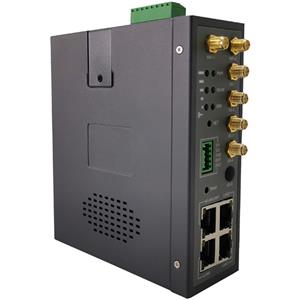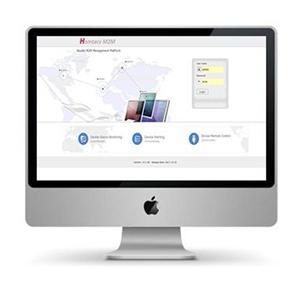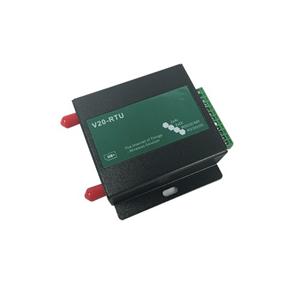China automotive bus hotspot compact 3g wifi router Factory Brands
automotive bus hotspot compact 3g wifi router
automotive router Brands
The idea of using fibers embedded in the support matrix has been around for a long time, beyond the original understanding. From the earliest clay bricks reinforced with straw to the earliest composite bows made of wood, bone and pine resin, it has been recognized that composite materials have better performance than those used alone.
Composite materials have been used for high performance applications in aerospace, national defense, wind energy, automotive, civil building and sporting goods industries, and demand continues to grow. A report by Credence Research in 2019 estimated that the composite annual growth rate of carbon fiber reinforced plastics was 9.3% between 2017 and 2025. Duncan Thompson, product manager of ANCA, points out that the increase in sales consultation in this area reflects the growing demand of tool manufacturers to produce tools to serve this specialized market.
Duncan commented: "Commercial applications of composite materials continue to grow, while the market for professional tools is expanding. Tool manufacturers need to use a variety of tool design and technology to develop specialized tools for today's wide and diverse composite materials. ANCA has been working with customers to design innovative software to help address these needs, create new tool geometries, and machines that can grind or erode market-leading carbon fiber composite tool solutions.
"The demand for professional composite cutting tools will only continue to grow, which provides a huge market opportunity for tool manufacturers with the right technology and manufacturing capabilities." With the industry's leading tool design software and tool manufacturing machines, ANCA continues to work closely with customers at the forefront of the composite tool market.
China bus hotspot wifi router
Today's composite industry uses a variety of matrix materials, such as thermosetting epoxy resins, phenolics and polyimides, as well as fibers, such as carbon, Kevlar and glass, to adapt to different applications. In polymer matrix composites, the matrix itself is not as ductile as metal. On the contrary, it is often soft, but very hard. Cutting metals include plastic deformation forming chips for eliminating heat from cutting points. On the contrary, when analyzed from the micro level, the processing of polymer matrix does not form chips, but fine "dust" formed by local fracture. Because of the low thermal conductivity of the matrix, heat is not easily transferred from the cutting edge. The next challenge comes from embedded fibers, which have high strength, hardness and abrasiveness when cut. Different manufacturing methods of composite materials require the use of unidirectional tape or bi-directional fabric layers in different directions to adapt to applications. They will behave differently.
Firstly, there are three different material types for composite cutting tools. Carbide, coated carbide or PCD. Each method has its advantages.
Carbides can be easily molded into any desired geometry and will produce sharp cutting edges, but they will also be expected to wear out quickly. For this reason, it is usually used only in manual and/or roughing operations, where the final cutting accuracy is not critical - most likely because it will subsequently use a finishing tool made of coated carbide or PCD.
Coated carbides also provide flexibility because they can be ground into various geometric shapes, but an additional (CVD) coating application can significantly improve tool life. The disadvantage of these tools is that they are often considered uneconomical to re-sharpen.
compact 3g router Factory
The third type of tool is polycrystalline diamond (PCD) tool. The cutting edges on these tools are usually generated by an etcher, such as an ANCA cutter, or laser ablation process.
Nairobi-based Internet hardware and services startup BRCK and Egyptian ride-hail joint venture Swvl are working together to bring Wi-Fi and online entertainment to on-demand bus services in Kenya.
BRCK will install routers on Swvl vehicles in Kenya and run Moja services, which provide free public Wi-Fi (Internet, music and entertainment) funded by business partners.
Swvl, founded in Cairo in 2017, is a public transport service company, positioning itself as the Uber of shared buses. Swvl's Kenyan general manager Shivachi Muleji told TechCrunch by e-mail: "Think about calling a car, but if it's a bus... Instead of cars coming to you... When you walk to the bus, the bus will pick you up at some point."
Dakota DR4019 and almost identical Dakota DR4029 models use similar IPQ4029 SoC and provide extended temperature support, with two GbE ports, an optional SPF optical Ethernet port and 802.11ac Wave2 WiFi. MikroTik RB450Gx4 is more like a classic router board with 5x GbE ports, one of which supports PoE. KEFU DB11 supports five GbE ports. The boards of directors of Dakota and MikoroTik run Linux, and KEFU almost certainly runs Linux.




